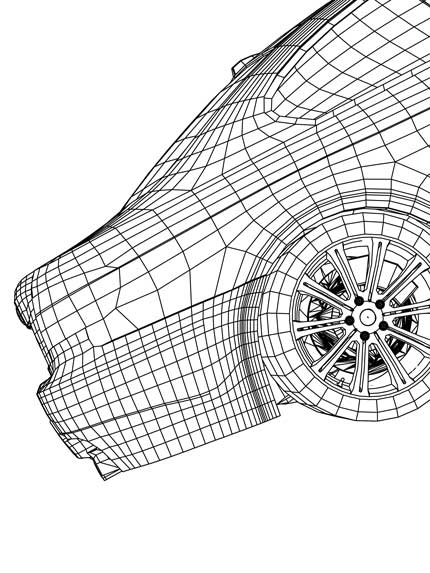Going electric

It’s a transition vital for our climate and community – and the Government knows it.
Eighteen percent of carbon dioxide emissions – the greenhouse gas heating our planet – comes from transport running on fossil fuels. One way to reduce emissions is to transition from fossil-fuelled vehicles to a fuel that is clean and renewable: electricity.
Accelerated by a Government funding scheme, the use of electric vehicles (EVs) throughout New Zealand has been gathering momentum, and they are finding their way into all areas of our community and everyday life.
A car share company in Christchurch called Yoogo has a 100% EV fleet. The company claims that over the last two years, Yoogo members have saved more than 80 tonnes of carbon emissions.
In Palmerston North, two Council-owned electric rubbish trucks (converted from diesel) have been doing their rounds for two years.
In rural Taranaki, small business organic food producer Kaitake Farm makes daily deliveries using an electric van. EVs fit seamlessly with their company ethos.
Teachers and therapists from the Ohomairangi Trust, an early Māori intervention service, use a fleet of EVs for home visits. In Auckland, two fully electric buses are being trialled, with the aim to roll-out more. And Waste Management, New Zealand’s leading resource recovery firm, has established its own fully-equipped workshop (called the Electric Vehicle Innovation Hub) to convert 20 of their diesel trucks to electric. The workshop is also available for conversions outside of Waste Management.
These are some of the many projects that have been assisted by the Government-established ECCA (Energy Efficiency and Conservation Authority) which has an annual $7 million Low Emission Vehicles Contestable Fund created to encourage the uptake of EVs. Financed out of a petrol levy and available to businesses and individuals, the fund focuses on innovation in EVs and other low emission vehicles.
Key to the ubiquity of EVs is the availability of rapid charging stations, which charge four to five times faster than AC charging from the grid. A Nissan Leaf will charge from flat to 80% capacity in 30 minutes.
NZTA’s goal, nearly achieved, is to have a rapid charger every 75km along New Zealand’s main state highways. The ECCA fund rewards applicants who identify and plug gaps in the national charging station grid – especially in popular tourist destinations. Funding has been given for rapid chargers located in Franz Josef, Aoraki Mount Cook Village, Glenorchy, Tekapō, Queenstown and Taupō.
The increasing national coverage will allow EVs to travel between cities and tourist destinations. Rapid chargers may well contribute to a future where New Zealand transitions from predominately fossil-fuelled transport to a fleet powered by clean and renewable energy.
Reported by Chris van Ryn for our AA Directions Winter 2019 issue
